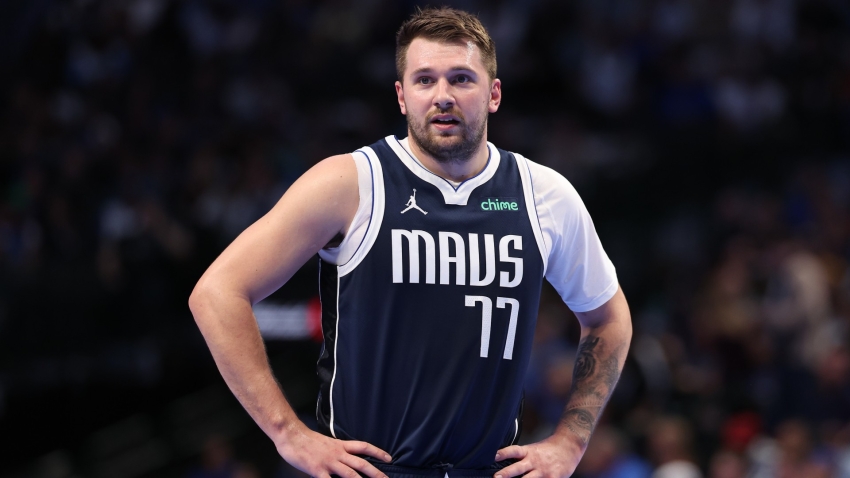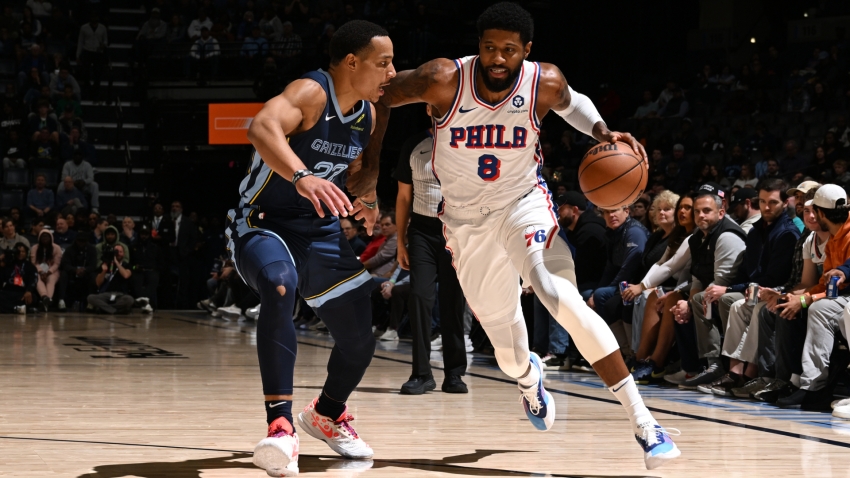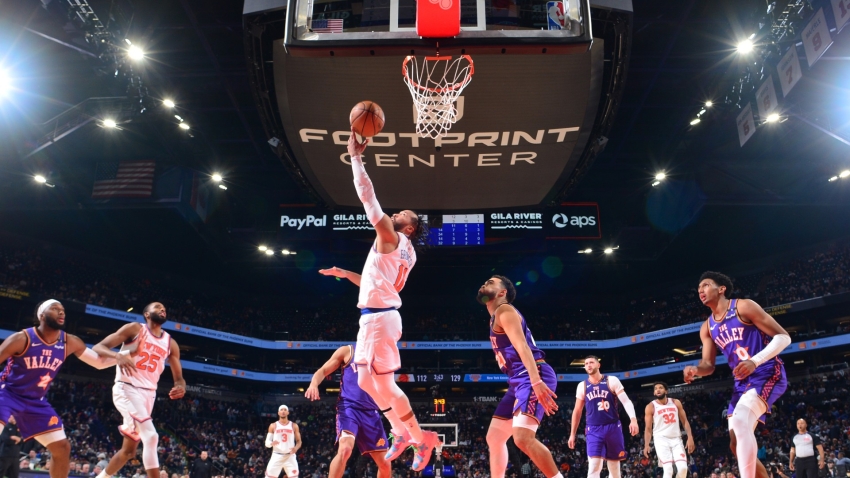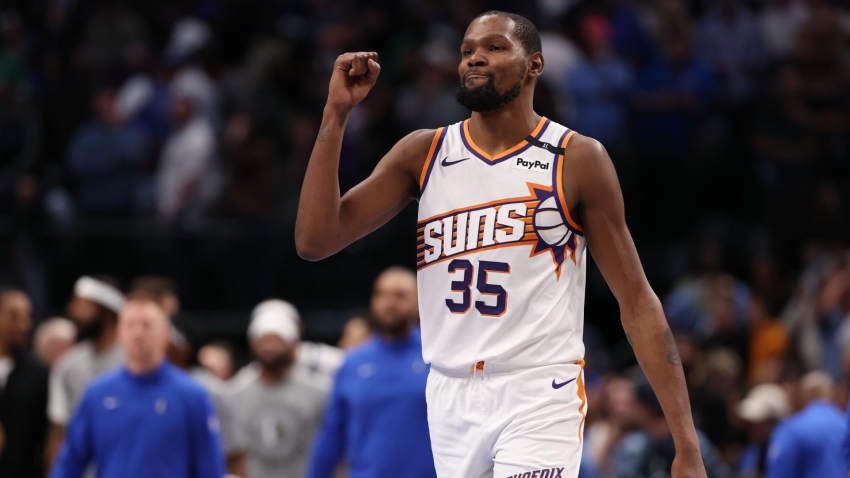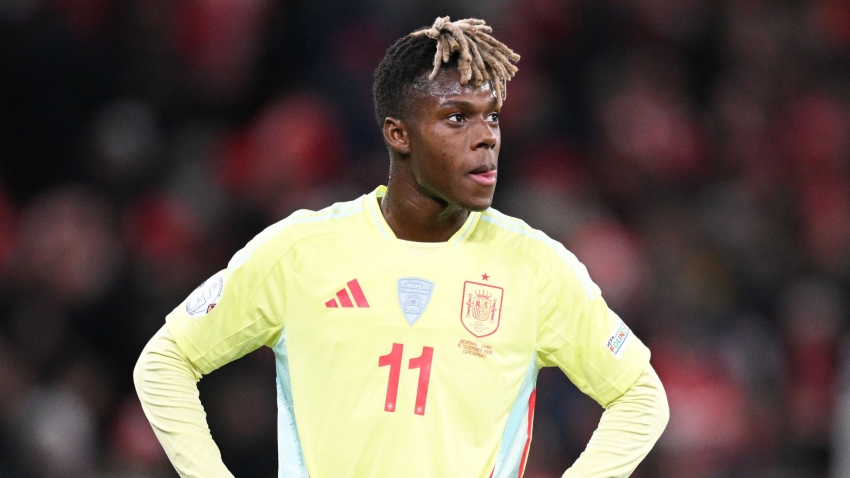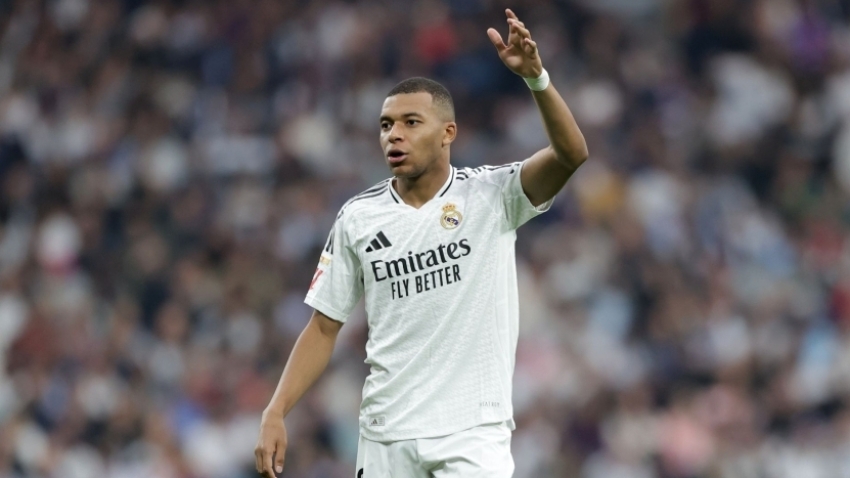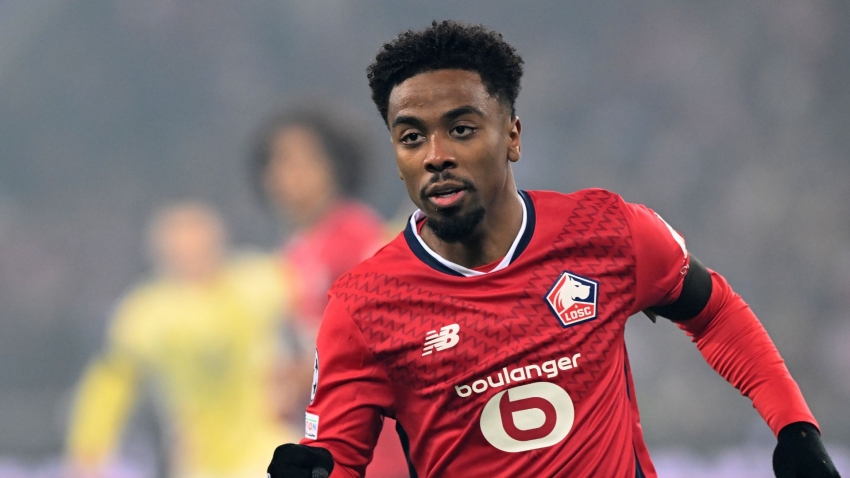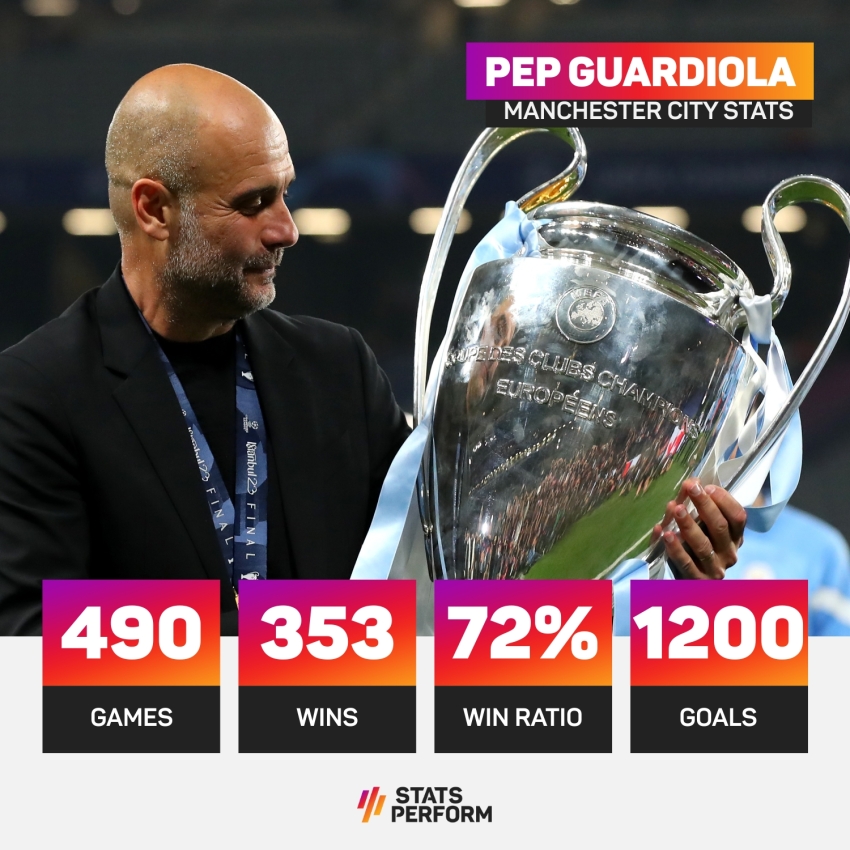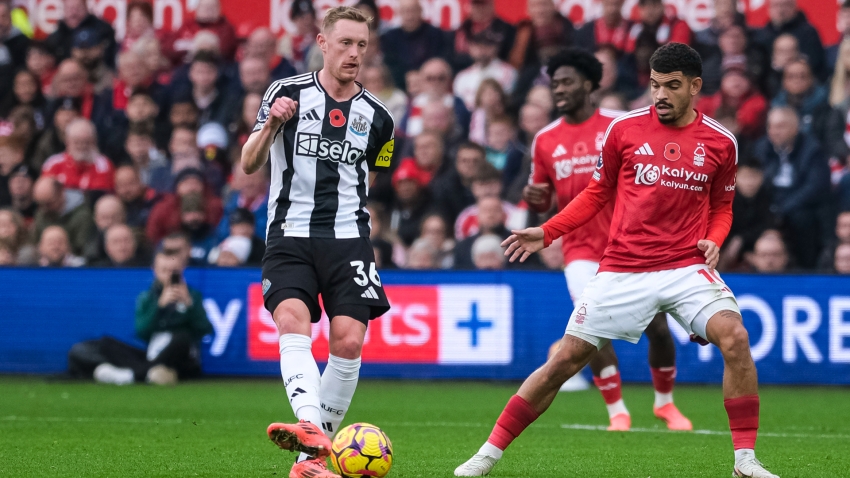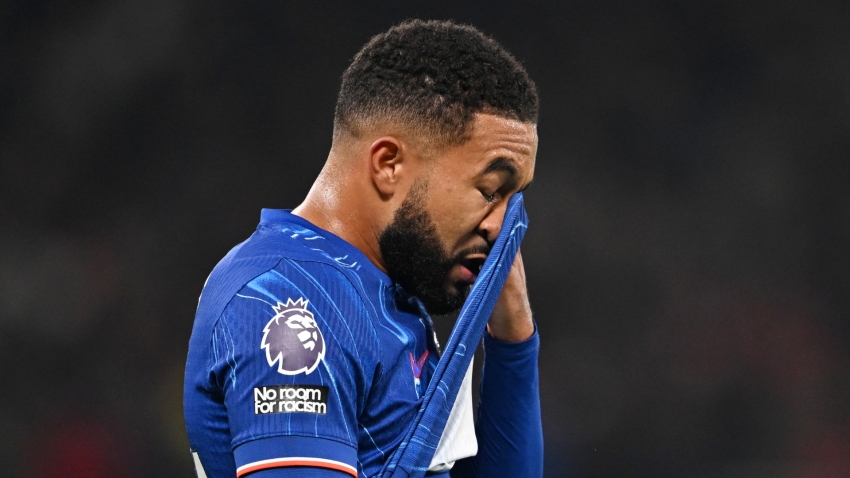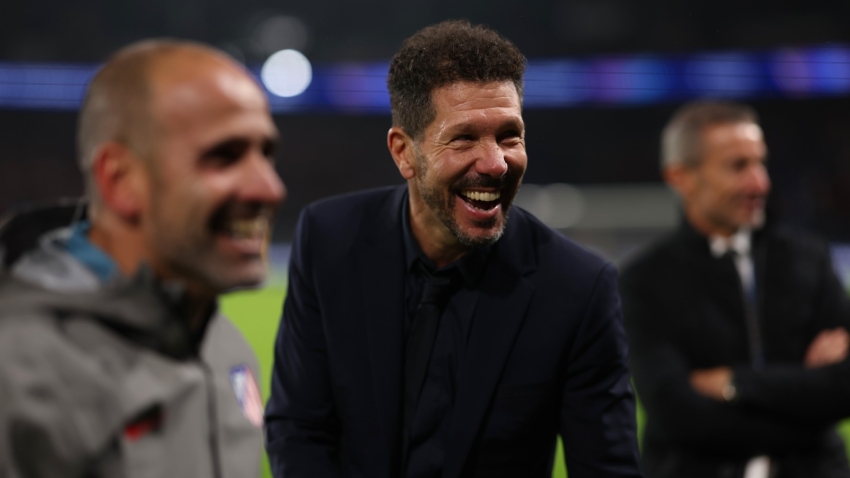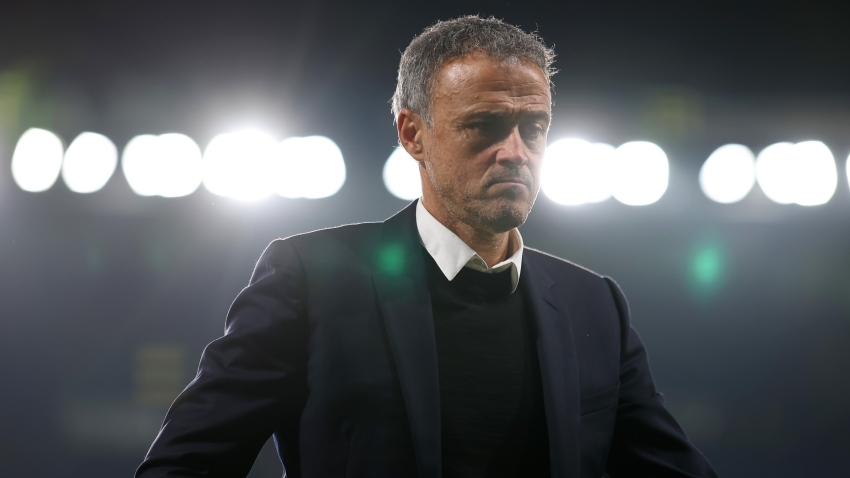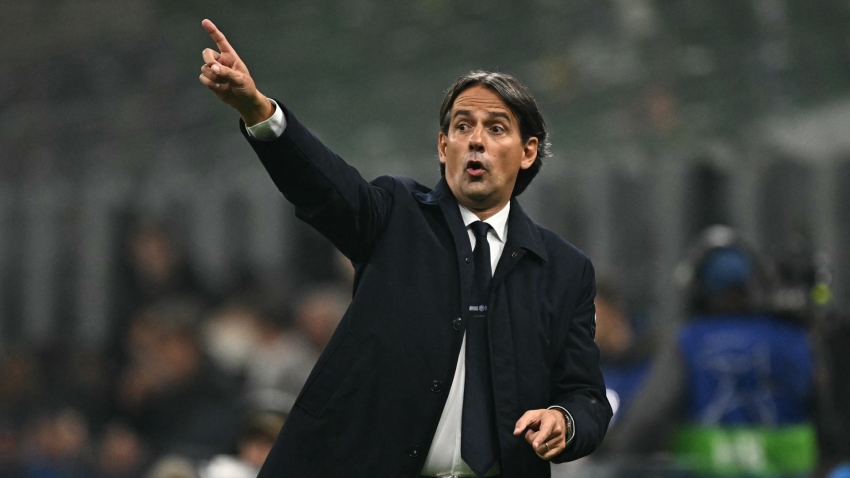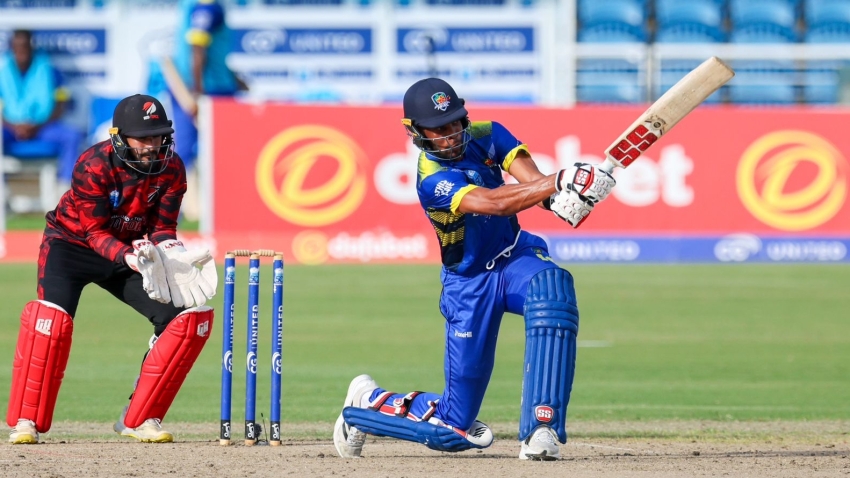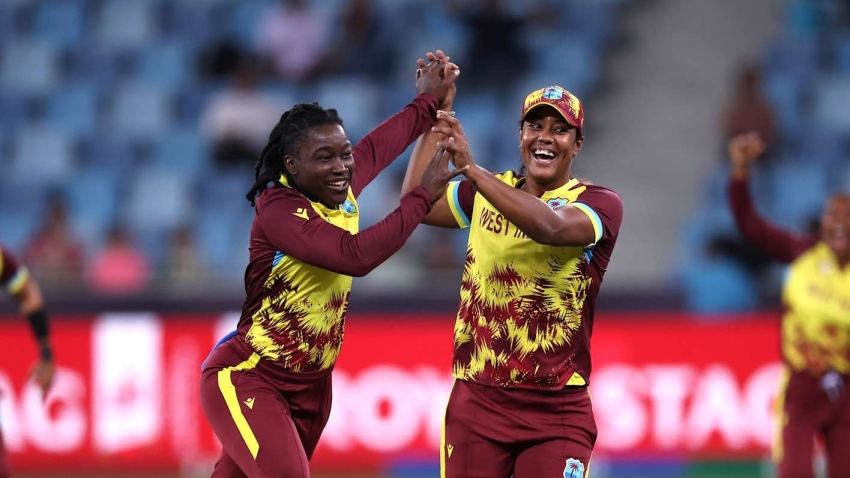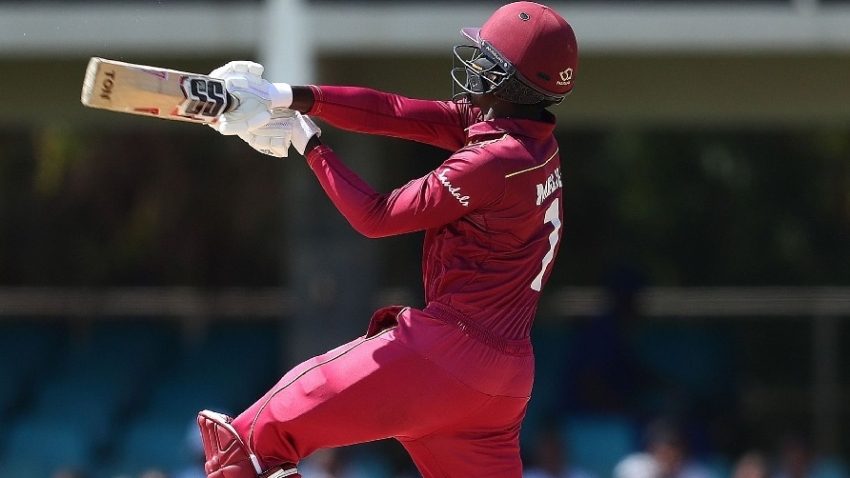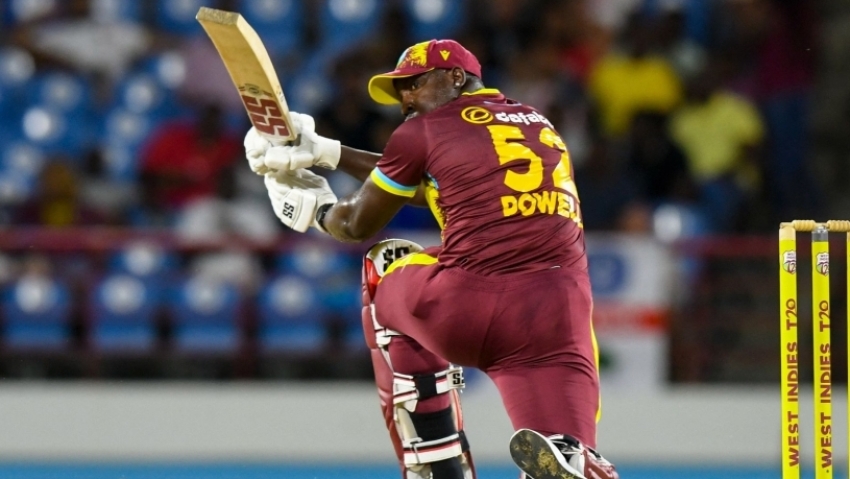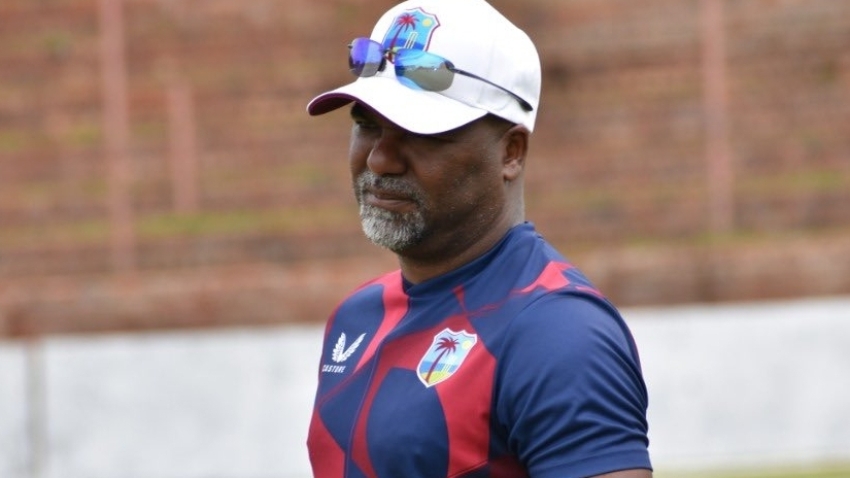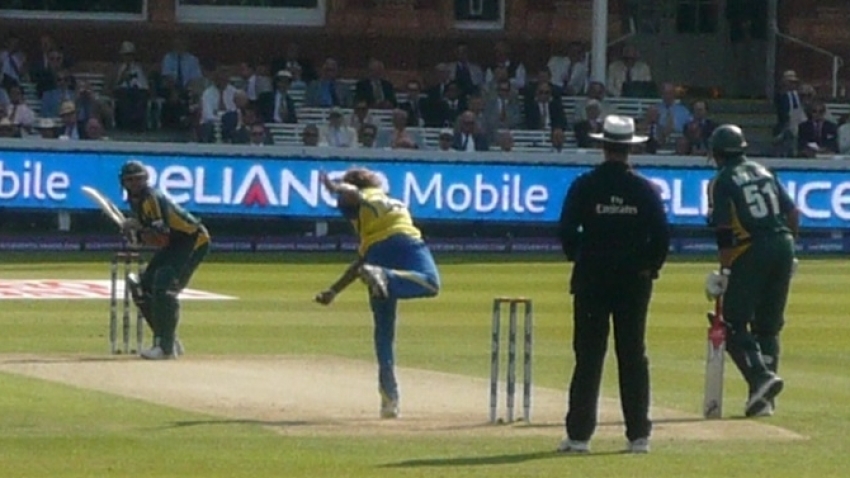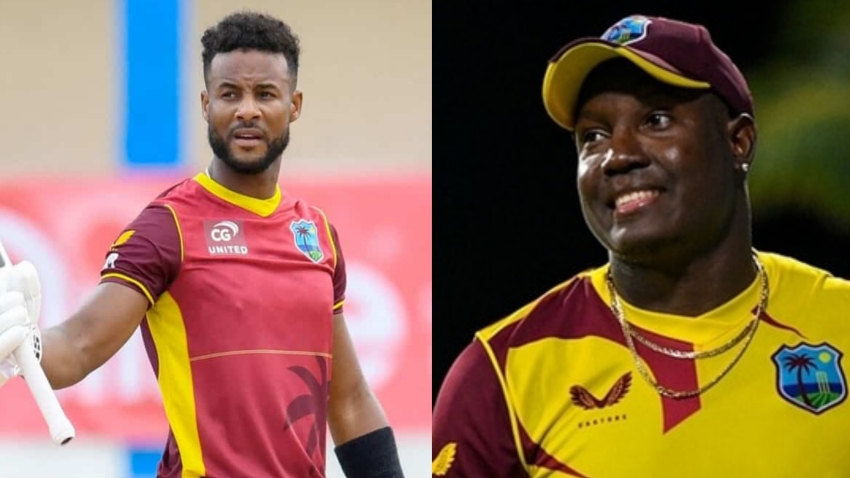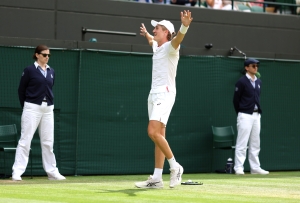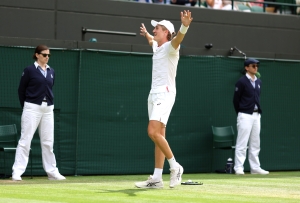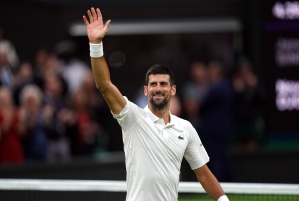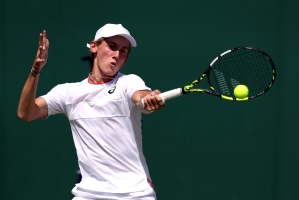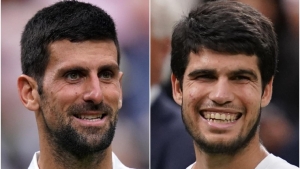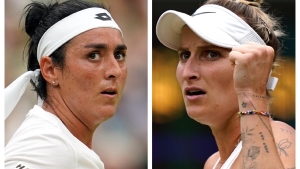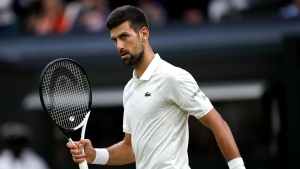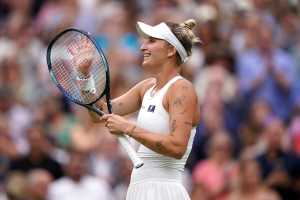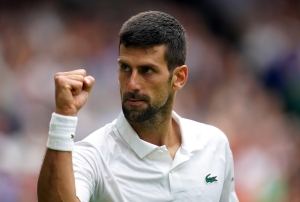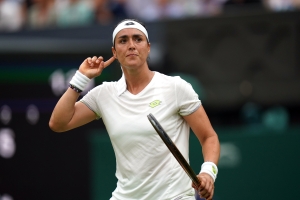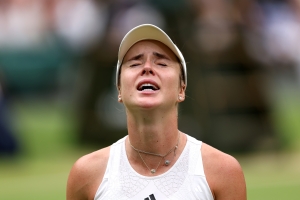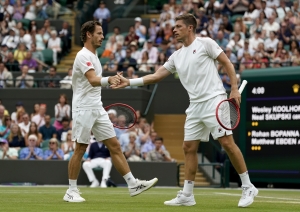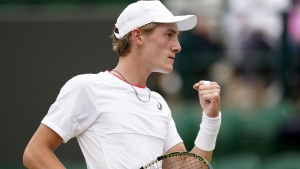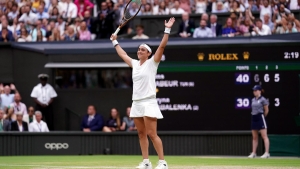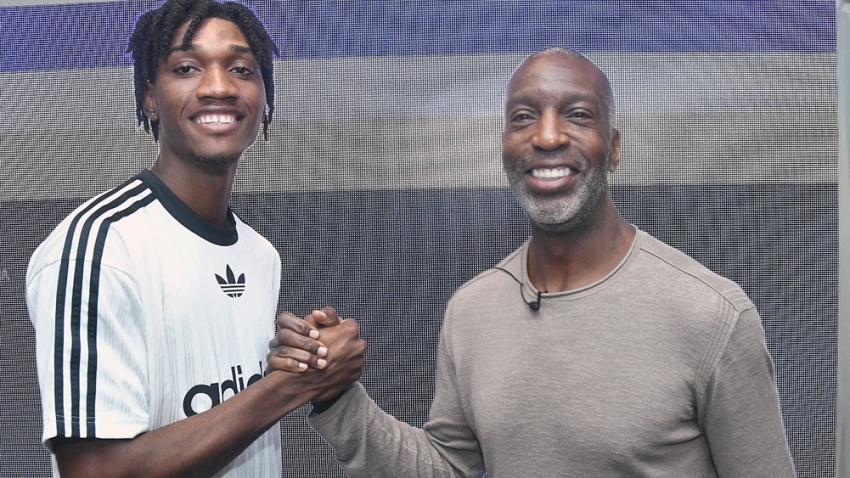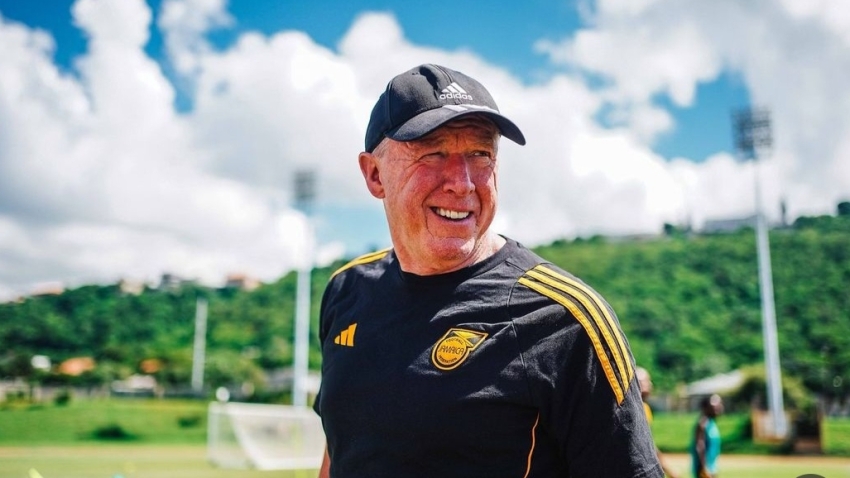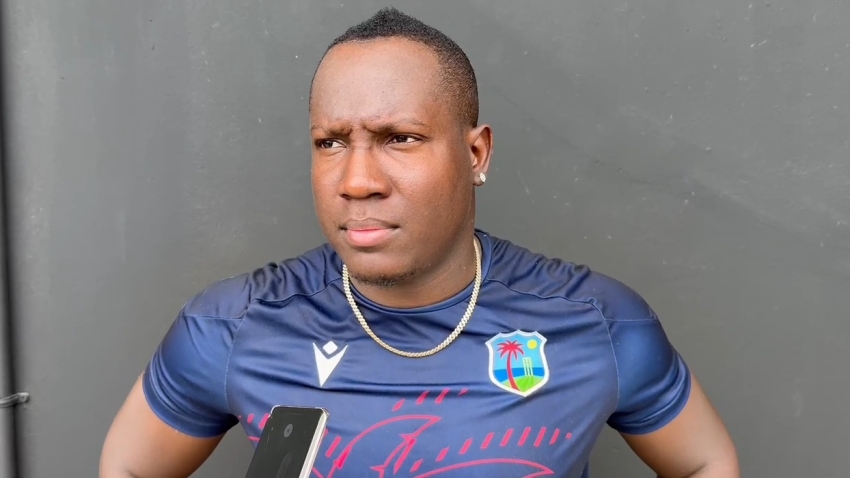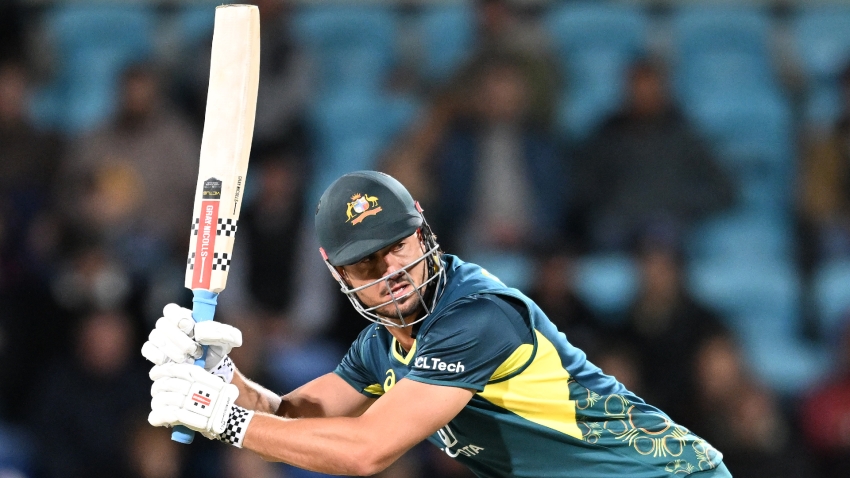Novak Djokovic is looking forward to a “feast” of a Wimbledon final against Carlos Alcaraz after overcoming spats with the umpire and the crowd in a straight-sets victory over Jannik Sinner.
The end of the fortnight will see the contest that was widely predicted at the start, with the world’s two best players fighting it out for the trophy.
Djokovic is making history with virtually every victory and a 6-3 6-4 7-6 (4) win against Sinner in his record-equalling 46th grand slam semi-final earned him a record-breaking 35th final, taking him past American great Chris Evert.
Alcaraz, who blitzed third seed Daniil Medvedev, is the only man who can now prevent Djokovic matching Roger Federer by winning an eighth Wimbledon title and Margaret Court with a 24th grand slam crown.
A month ago at the French Open, Djokovic and Alcaraz clashed in a semi-final that hit the heights for two split sets before the young Spaniard was struck down by cramp.
“Judging by the performances that we have seen from all the players, I think this is probably the best final that we could have,” said Djokovic. “We are both in good form. We’re both playing well.
“I want to take this title without a doubt. I look forward to it. It’s going to be a great challenge, the greatest challenge that I could have at the moment from any angle really: physical, mental, emotional.
“He’s one of the quickest guys on the tour. He can do pretty much anything on the court. I consider myself also a very complete player.
“We had a very good match until he started struggling physically in Paris. I think we really took the level of tennis very high. I think it was great for the audience and great for us players to be part of that.
“Obviously completely different conditions here. I do have more experience playing in many more grand slam or Wimbledon finals than him. Still, he’s in great shape. He’s very motivated. He’s young. He’s hungry. I’m hungry, too, so let’s have a feast.”
While on paper it appeared a comfortable win for Djokovic against Sinner, there were moments of real tension, particularly when he saved two set points at 4-5 in the third set and before that in the fourth game of the second, when he was penalised for a hindrance by British umpire Richard Haigh.
At 15-15, Djokovic suddenly let out a loud and late grunt after hitting a backhand down the line that he probably expected to be a winner only for Sinner to reach it.
It is unusual for a grunt to elicit a hindrance ruling and Djokovic reacted with disbelief, saying to Haigh: “You must be joking. Calling that in the semi-final of Wimbledon? What are you doing?”
To compound the situation, Haigh then gave Djokovic a time violation in the same game for taking too long on his serve.
“I have to accept the decision from a chair umpire,” said the 36-year-old later. “I’ve never had a hindrance call for an extended grunt. I saw the replay. I saw that my grunt finished before he hit the shot. So I thought that chair umpire’s call was not correct.
“I was just trying to hold my things mentally together and not really get upset, even though I was really upset because I didn’t think it was the right call.”
The crowd were willing Sinner to make a contest of it and sensed the moment had come when the 21-year-old Italian created two set points in the third.
Djokovic clapped sarcastically and gave a thumbs up when noise delayed his second serve, with a man shouting ‘Vamos Rafa’, and was then booed for taunting the crowd when Sinner missed both chances.
When Djokovic held serve, he turned to the fans closest to him and mimed crying.
It is far from the first time the second seed has expressed annoyance with crowds cheering against him but, asked about it in his press conference, he said only with a smile: “It’s all love. All love and acceptance.”
Sinner and Djokovic had met in the quarter-finals here last year, when the Italian opened up a two-set lead only for his opponent to win in five.
Sinner certainly had his chances in this one but was unable to take any of the six break points he created, while 20 unforced errors on his powerful forehand, often at important moments, rather told the story.
Djokovic took his only chance in the first set and it was not until Sinner fought back from 0-40 to hold serve in the third game of the third set that he was really able to apply any consistent pressure.
He made errors on both of his set points, though, and then squandered a 3-1 lead in the tie-break with a double fault and more mistakes – Djokovic’s winning tie-break streak at grand slams now stands at 15.
Sinner was left to rue his missed chances, saying: “Regardless of the score, I felt like I was more close this year than last year.
“I’m trying to play in these situations more often. I felt like I was ready. I went with the right mentality on the court. I had a belief to win this match. I felt like my level was good. It was just, especially in the pressure points, I messed it up a little bit.”


